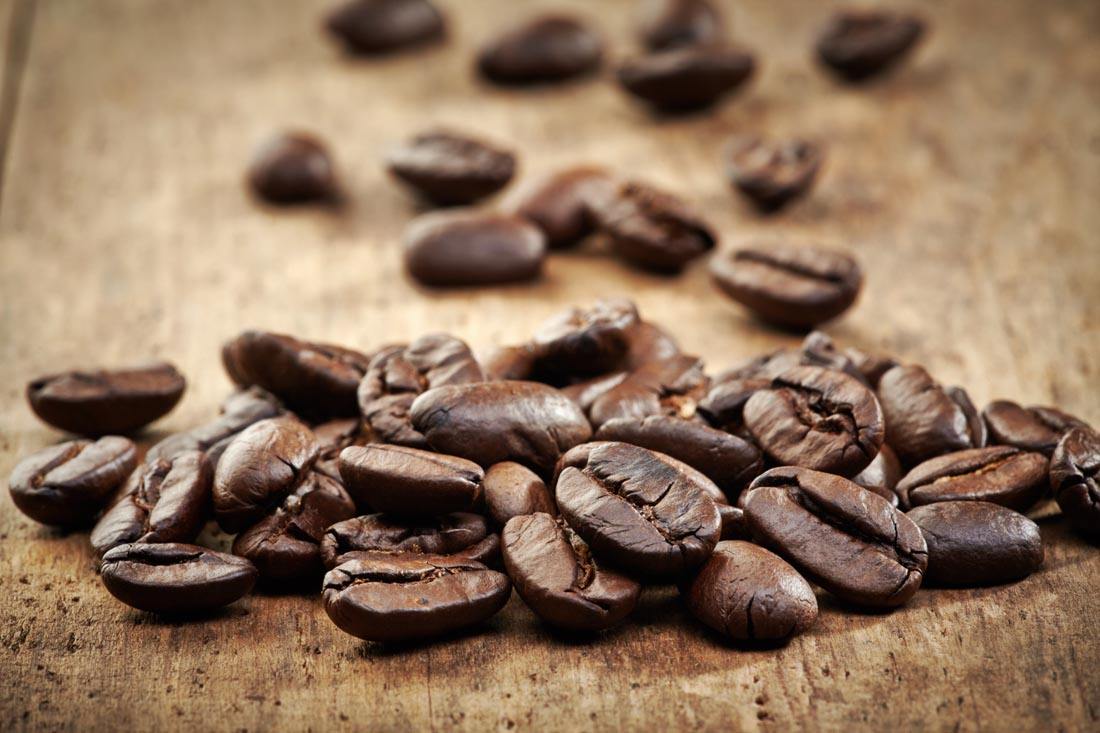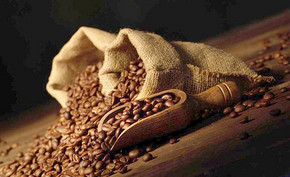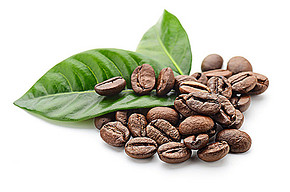Introduction to the origin of Dominican coffee, Dominican coffee varieties
Follow the caf é (Wechat official account vdailycom) and found that Beautiful Cafe opened a small shop of its own.
The Dominican Republic is located in the east of the island of Haiti in the West Indies, bordering the Republic of Haiti to the west, the Atlantic Ocean to the north and the Caribbean Sea to the south. With an area of about 49000 square kilometers and a population of 7.1 million, the Dominican Republic and the Republic of Haiti coexist on an island bordering Haiti. Like its neighbours, the Dominican Republic had a history of revolution and poverty, but now it has democratic elections and the country is relatively stable.
In the early 18th century, coffee was introduced to Domiga from Martinique, and fine coffee was produced in the north represented by Hibao and in the south, including Okayabani Santo Domingo. Among them, the coffee produced by Santo Domingo and Barney, which is almost synonymous with domiga coffee, is a world-famous high-quality coffee. Santo Domingo coffee is characterized by freshness, elegance, fullness, excellent acidity and pleasant aroma, so it is worth it. The selection of Dominican coffee is usually done manually. The main basis for selection is according to the fullness of coffee particles, whether it is uniform, and then grade it. Generally speaking, coffee with full and uniform grains is easier to preserve. Only the fullest and most evenly grained coffee beans can be roasted to represent the best and finest coffee in the country.
Unlike coffee produced in Haiti, most of the coffee grown in the Dominican Republic has been washed, which is a symbol of high quality. Miniga Coffee uses a washing method to treat coffee beans, so that the quality of treated coffee beans is more guaranteed. The coffee beans treated by washing method retain more original flavor than the drying method, and the aroma is pure and soft.

The producing area is Barahona, with an altitude of more than 1400 meters, and the annual output is rare. This year, Taiwan is allocated only 1.5 tons, and the harvest period is from January to June every year. The reason for the scarcity of PeaBerry coffee production is that each coffee tree has only the fruit at the end of branches and leaves, and because of growth and development, there will be a larger fruit to wrap the smaller fruit into a round shape, which is different from the general coffee semicircle. The output of such beans accounts for about 5% of each coffee tree, so the yield is rare, precious and rich in taste, and the sour taste at the entrance returns with temperature and time. The taste of coffee is constantly changing in the mouth, which is one of the most important factors of fine coffee. Dominican coffee has this characteristic, so it is sought after by many coffee players.
Dry aroma: nuts, caramel, Chinese fir, cocoa, fruit
Wet fragrance: cocoa, tea, malt, caramel
Flavor: delicate and refreshing acidity, good sweetness and sweetness.
Original name: Dominica round bean (public bean)
Country: Dominicana, Dominica
Manor: Barahona
Treatment method: Wet-Processed washing method
Recommended baking degree: moderate baking
The so-called round beans (also known as male beans): coffee beans are not male or female, the correct term is lentil Flat Beans and Peaberry. Under normal circumstances, there are half-divided flat beans (seeds) in a coffee berry, but in a few cases the inner seeds do not split, but instead show a complete oyster-shaped grain. A normal coffee bean should have two seeds, but the lentil bean tastes better than lentil coffee because one of the seeds is stunted, which makes the other particularly fat, and because it gets double nutrients. Lentils mean that the coffee beans we generally see are half-sided, with flat appearance and obvious grooves in the middle after baking, while round beans are a whole bean with a small groove in the middle and maintain the whole shape of the original beans after baking. The output of round beans accounts for only 2-5%, which is very rare.
Important Notice :
前街咖啡 FrontStreet Coffee has moved to new addredd:
FrontStreet Coffee Address: 315,Donghua East Road,GuangZhou
Tel:020 38364473
- Prev

Introduction to the main varieties of 90 + boutique coffee
Following Drima Zede (official Wechat account vdailycom) found that Beautiful Cafe opened a small shop of its own. Candle means "best" in the local dialect. Hand-select the most mature coffee cherry fruit, the sun-drying process is more painstaking non-stop stirring to ensure uniformity. The end result is a very transparent and pure taste, hot and cold.
- Next

Introduction to Dominica Santo Domingo Coffee
Following Cafe Review (official Wechat account vdailycom) found that Beautiful Cafe opened a small shop of its own Dominica: Santo Domingo coffee flavor and taste characteristics: fresh and elegant, full-bodied, excellent acidity, pleasant flavor. The Dominican Republic is a Central American and Caribbean country on the island of Spain with Haiti. The population is about 9.65 million and the land area is 48442.
Related
- Detailed explanation of Jadeite planting Land in Panamanian Jadeite Manor introduction to the grading system of Jadeite competitive bidding, Red bid, Green bid and Rose Summer
- Story of Coffee planting in Brenka region of Costa Rica Stonehenge Manor anaerobic heavy honey treatment of flavor mouth
- What's on the barrel of Blue Mountain Coffee beans?
- Can American coffee also pull flowers? How to use hot American style to pull out a good-looking pattern?
- Can you make a cold extract with coffee beans? What is the right proportion for cold-extracted coffee formula?
- Indonesian PWN Gold Mandrine Coffee Origin Features Flavor How to Chong? Mandolin coffee is American.
- A brief introduction to the flavor characteristics of Brazilian yellow bourbon coffee beans
- What is the effect of different water quality on the flavor of cold-extracted coffee? What kind of water is best for brewing coffee?
- Why do you think of Rose Summer whenever you mention Panamanian coffee?
- Introduction to the characteristics of authentic blue mountain coffee bean producing areas? What is the CIB Coffee Authority in Jamaica?

